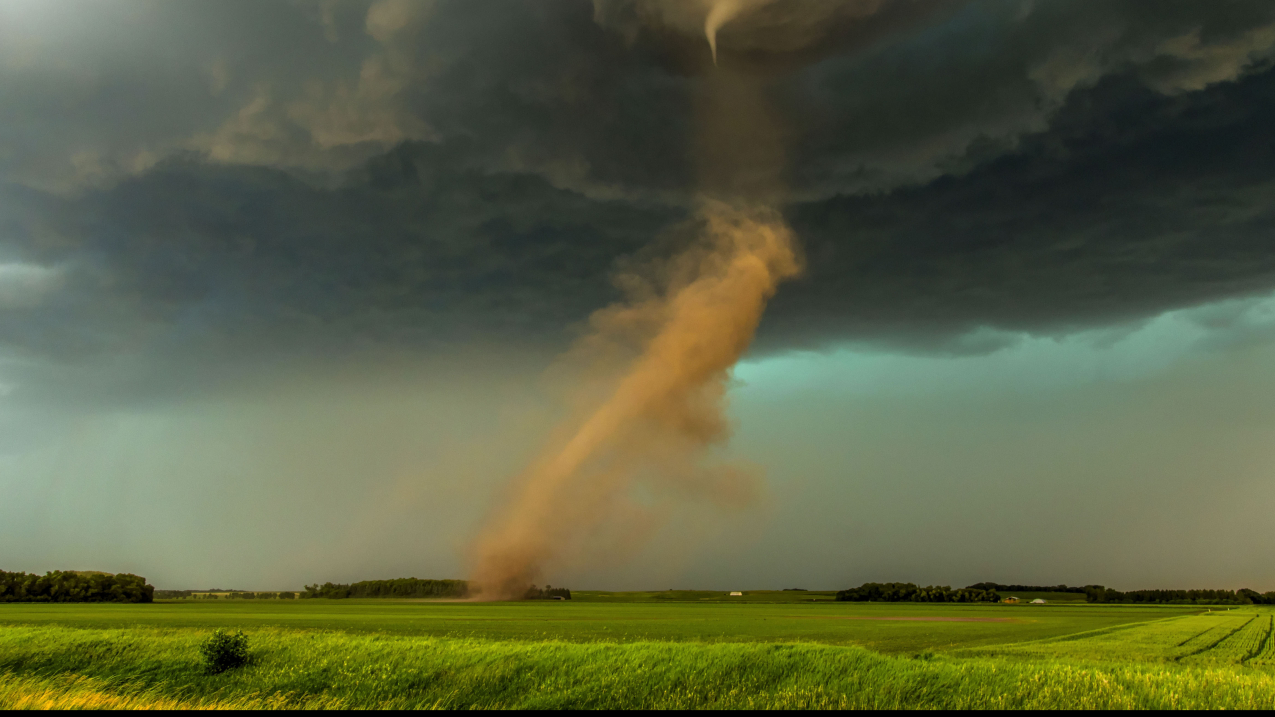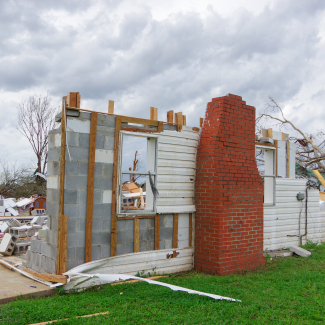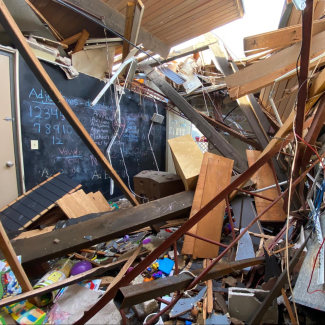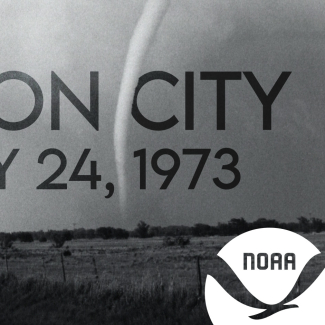A tornado warning has been issued and you are in the path of one of the 1,200+ tornadoes that hit the United States each year. How quickly can you get to a safe place out of the severe weather? Do you have a plan? Where would you go? Will you, your family, your students be safe?

A tornado outbreak struck eastern North Dakota on June 27, 2015. (Image credit: NOAA NWS, Amanda L. Hill)
These violently rotating columns of air usually only last a few minutes, but they can be catastrophic events, lasting for more than an hour and traveling dozens of miles. Most of the world’s tornadoes occur in the United States and usually these natural hazards occur between April and June.
Tornado formation
Exactly how and why tornadoes form is not completely understood. What is known is that most result from supercell thunderstorms. These severe thunderstorms have persistent updrafts that can reach speeds of 100 mph. Within the storm, a strong vertical wind shear causes a horizontally rotating cylinder of air. The updraft lifts the rotating cylinder within the supercell. The rotating cylinder of air narrows, becoming stretched, and spins faster and faster forming a tornado. The rotation within the thunderstorm gives the supercell its classic "hook" appearance which can be seen on radar. (More information on tornado formation).
Has a tornado hit your house or your community? Have you received a tornado alert? NOAA scientists want to hear your story.
Tornado impacts
These natural hazards have significant impacts on human activities and communities. Each year about 56 people are killed by tornadoes. However, the spring of 2011 was one of the deadliest and costliest tornado seasons on record. Between April and June 2011 tornadoes killed more than 580 people and caused over $21 billion dollars in economic damages. The high death toll was partly a result of the tornadoes traveling rapidly through heavily populated areas, a lack of adequate storm shelters and individuals who did not quickly seek shelter.
In the early morning of January 12, 2023, the director of Crosspoint Daycare in Selma, Alabama, gave her employees a quick overview of the potential for severe weather later that day. She had done this numerous times before, but this day would be different.
Reducing the risks
Multiple methods are used to reduce the risks from these natural disasters but preparation is still the key element of survival. Your first line of defense is to be weather-wise by being aware of weather forecasts, warnings and watches. Plan ahead, thinking of where you can seek shelter should a tornado approach. For generations, families in regions with significant numbers of tornadoes have built storm cellars where they can take shelter if a tornado occurs. New construction techniques are being developed to make buildings more resistant to strong winds but most people still live in homes which offer limited protection. The addition of self-contained “safe rooms” to these buildings has saved multiple lives.
Since the first tornado forecast rules were established in 1884 tornado research has continued to advance. With the development and use of sophisticated observations, technical equipment, data analysis and computer modeling the National Weather Service and others seek to improve our understanding of the causes of these storms. Warning systems are continually being evaluated and improved to utilize new research findings and technologies.
On May 24, 1973, a violent F-4 tornado tore through the central Oklahoma town of Union City, killing two people and injuring at least four more. While the human impact of the storm was devastating, the Union City tornado was also historic as it marked the first time researchers were able to use radar to observe the entire lifecycle of a tornado and discover the tornadic vortex signature or TVS.
EDUCATION CONNECTION
Tornadoes can be an excellent topic with which to engage students in meteorological processes. Educators can use the resources in this collection to develop lessons and activities to help students investigate the impacts of natural hazards and other Earth processes on humans. These are some of the topics described in the Next Generation Science Standards offsite link and many state science standards.




